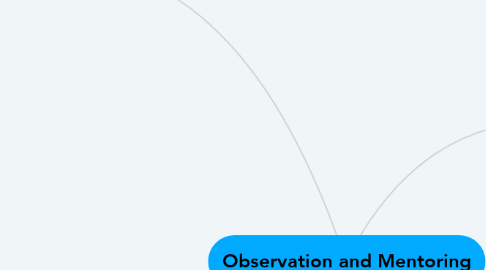
1. Peers most qualified to evaluate
1.1. Mastery of course content
1.2. Selection of course content
1.3. Course organization
1.4. Appropiateness of course objectives, instructional materials, evaluative devices & methodology used to teach specific content areas.
2. Observation
2.1. Type of instruments:
2.1.1. Checklists
2.1.2. Written analysis
2.1.3. Rating scales
2.2. Formative peer observation
2.2.1. Improvement of teaching
2.2.2. Mster faculty Program
2.2.2.1. Small Group instructional Diagnosis
2.2.2.2. Graduate student feedback
2.2.3. Appraisal Interview
2.2.3.1. Mentor-Mentee Relationships
2.2.3.1.1. Peer Development Triads
2.3. Summative peerobservation
2.3.1. Evaluation
3. Mentoring
3.1. Terminological confusions
3.1.1. One education system has
3.1.1.1. ‘professional mentors’
3.1.1.2. ‘professional mentors’
3.1.1.3. ‘ITT’
3.1.2. The role-title 'supervisor'
3.1.2.1. straightforward 'do it right' Through observation
3.1.3. Teachers need to be helped to participate in a professional community
3.2. Conditions for effective mentoring
3.2.1. mentoring needs to occur within supportive systems
3.2.2. mentoring often occurs within a partnership between a licence-giving institution and the school.
3.3. Benefits of mentoring
3.3.1. benefit the mentors and the education system.
3.3.2. mentoring benefits mentors in a number of ways
3.3.3. mentoring may be a helpful strategy.
3.4. What mentors are and are not
3.4.1. ARE
3.4.1.1. Mentors aim to train or develop their mentee's professional thinking skills
3.4.1.2. support mentees in aspects of the processes of professional decision-making or learning.
3.4.2. ARE NOT
3.4.2.1. Mentors are not therefore assessors, advisors, or trainers in the most usually accepted senses
